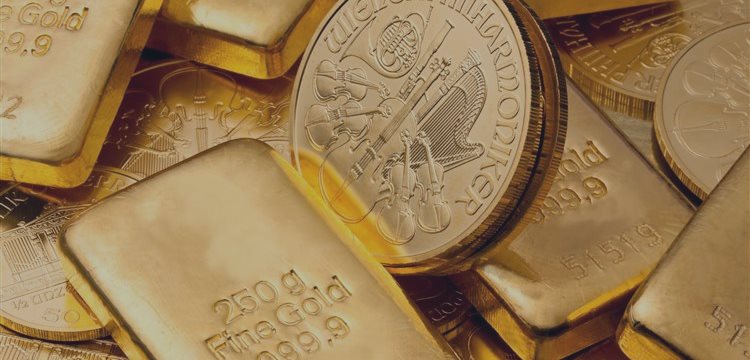Gold held near a two-week high on Monday, as traders continued to
monitor the direction of the dollar while digesting the latest spate of
U.S. economic data in their quest to gauge the metal’s appeal.
The US Commerce Department said that personal spending fell 0.2% in January, worse than expectations for a decline of 0.1% and following a drop of 0.3% in December. That appeared to be the first back-to-back decline in consumer spending since early 2009. Consumer spending is the single biggest source of U.S. economic growth, accounting for as much as two-thirds of economic activity.
The data also indicated personal income rose 0.3% in January, below forecasts for a 0.4% increase.
The core PCE price index inched up 0.1% in January, in
line with expectations, after holding flat in December. The core PCE
price index rose at an annualized rate of 1.3%, above forecasts for
1.2%, after rising at a rate of 1.3% in December. The Federal Reserve uses core PCE as a tool to help determine whether
to raise or lower interest rates, with the aim of keeping inflation at a
rate of 2% or below.
On the Comex division of the New York Mercantile Exchange, gold futures for April delivery ticked up $1.40, or 0.12%, to trade at $1,214.60 a troy ounce during U.S. morning hours after hitting an intraday high of $1,223.00, the most since February 17. Futures were likely to find support at $1,204.10, the low from February 27, and near-term resistance at $1,236.70, the high from February 17.
Gold also drew support as investors reacted to an interest rate cut in China over the weekend.
Lower interest rates can give gold a lift, as it decreases the relative cost of holding on to the metal, which doesn't offer investors any similar guaranteed payout.
The People's Bank of China cut its benchmark interest rate by a quarter percentage point to 5.35% on Saturday in an effort to boost growth and stave off deflation in the world's second largest economy.
It was the second rate cut in less than four months, indicating that Beijing is becoming more aggressive in supporting the economy as its momentum slows and deflation risks rise.
Expectations of monetary stimulus tend to benefit gold, as the metal is seen as a safe store of value and inflation hedge.
In the meantime, silver futures for May delivery climbed 6.5 cents, or 0.39%, to trade at $16.62 a troy ounce.
Copper for May delivery inched down 0.5 cents, or 0.19%, to trade at $2.687 a pound after touching a session high of $2.716, the most since January 13.
Two manufacturing reports issued over the past two days painted a mixed picture of the health of China's manufacturing sector.
The HSBC final manufacturing index for February released earlier rose to 50.7, above the flash reading of 50.1.
In contrast, the official China's manufacturing purchasing managers' index published on Sunday came in at 49.9 in February, just above expectations for a reading of 49.7 and up slightly from a two-year low of 49.8 in January. The mixed data added more pressure on policymakers to stimulate a faltering economy.
China is the world’s largest copper consumer, accounting for almost 40% of world consumption last year.



